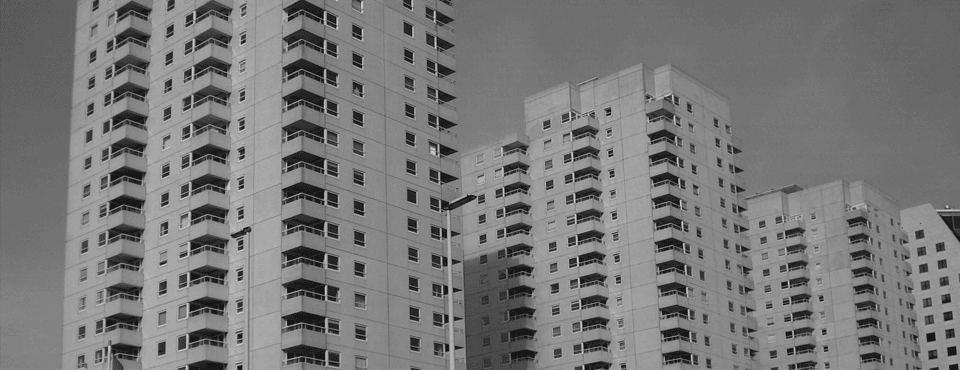
Is adding floors and extensions a feasible solution to the housing affordability crisis?
The Dutch government has set an ambitious goal to build around 900,000 new homes by 2030. One innovative way to achieve this is by adding floors to existing buildings (‘optoppen’) or constructing new homes as extensions to existing buildings (‘aanplakken’). But how feasible is this method? And why is it not yet being implemented on a large scale? Professor of Urban Economics Hans Koster from Vrije Universiteit Amsterdam has examined these questions.
20,000 new homes?
According to Koster, adding floors and extensions could create around 5,000 new homes in the Amsterdam region, particularly in rental properties owned by housing corporations. On a national level, the number is estimated at a maximum of 20,000 homes. While this is not a complete solution to the housing shortage, it could certainly contribute to a more efficient use of available space.
Technically, adding floors and extensions is not always straightforward. Koster explains: “The foundation of a building must be strong enough to support additional floors. Typically only apartment buildings built after the 1950s are suitable for this. Additionally, the roof must be flat, and there must be enough space around the building to accommodate the expansion. This means that not every building can simply be extended.” He adds: “More importantly, the building should be managed by a single owner. In practice, this means that properties owned by housing corporations are the most suitable for adding floors or extensions.”
Cheaper and more efficient
A major advantage of this approach is that little to no additional land is required. Since land costs often make up half of total construction expenses, this can lead to significant savings. Housing corporations often already own the land, making this method potentially cheaper than constructing new buildings on entirely new sites, according to Koster.
However, there is a downside: the actual construction costs can be higher because the existing structure must be taken into account. In newly developed areas, these limitations do not exist.
Challenges and complications
Despite its potential, adding floors and extensions has not yet been widely adopted. According to Koster, this is due to several reasons: “Adding floors and extensions is an innovation. Currently, the housing market is under immense pressure, making this financially viable, especially for urban properties. However, there are challenges. Legally, it is complex: who will pay for it, and what benefits does it offer to existing residents? Extensive negotiations are required, which is time-consuming. The greatest chance of success lies with rental properties, where the housing corporation is in charge. For owner-occupied properties, the homeowners’ association (VvE) must approve, which is difficult to achieve.”
Additionally, adding floors and extensions can lead to complaints from residents. Extra floors can obstruct the views of existing occupants, causing resistance. More homes also mean increased pressure on amenities such as parking, schools, and shops. This requires careful planning and investment in infrastructure.
Watch RTL Z nieuws ‘Zo worden nieuwe appartementen aangeplakt’ >
Read more about adding floors on the website of Volkshuisvesting Nederland >
